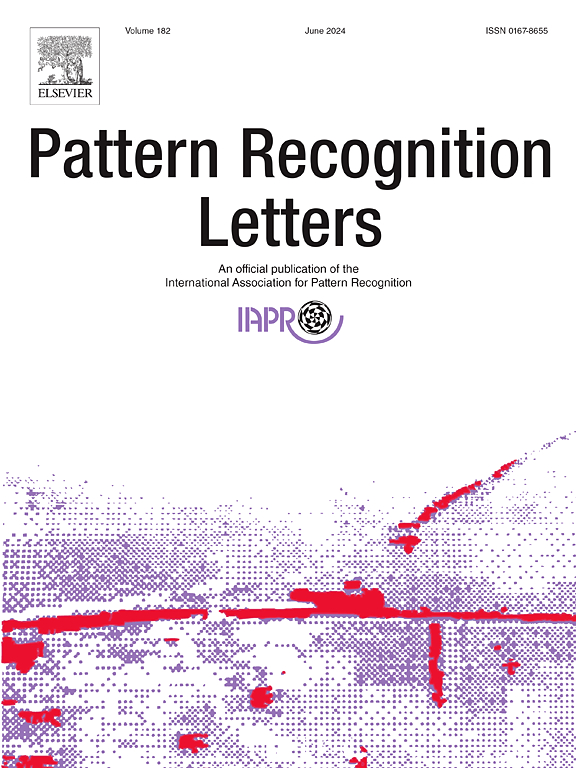Optimal word order for non-causal text generation with Large Language Models: The Spanish case
IF 3.9
3区 计算机科学
Q2 COMPUTER SCIENCE, ARTIFICIAL INTELLIGENCE
引用次数: 0
Abstract
Natural Language Generation (nlg) popularity has increased owing to the progress in Large Language Models (llms), with zero-shot inference capabilities. However, most neural systems utilize decoder-only causal (unidirectional) transformer models, which are effective for English but may reduce the richness of languages with less strict word order, subject omission, or different relative clause attachment preferences. This is the first work that analytically addresses optimal text generation order for non-causal language models. We present a novel Viterbi algorithm-based methodology for maximum likelihood word order estimation. We analyze the non-causal most-likelihood order probability for nlg in Spanish and, then, the probability of generating the same phrases with Spanish causal nlg. This comparative analysis reveals that causal nlg prefers English-like svo structures. We also analyze the relationship between optimal generation order and causal left-to-right generation order using Spearman’s rank correlation. Our results demonstrate that the ideal order predicted by the maximum likelihood estimator is not closely related to the causal order and may be influenced by the syntactic structure of the target sentence.
求助全文
约1分钟内获得全文
求助全文
来源期刊

Pattern Recognition Letters
工程技术-计算机:人工智能
CiteScore
12.40
自引率
5.90%
发文量
287
审稿时长
9.1 months
期刊介绍:
Pattern Recognition Letters aims at rapid publication of concise articles of a broad interest in pattern recognition.
Subject areas include all the current fields of interest represented by the Technical Committees of the International Association of Pattern Recognition, and other developing themes involving learning and recognition.
 求助内容:
求助内容: 应助结果提醒方式:
应助结果提醒方式:


